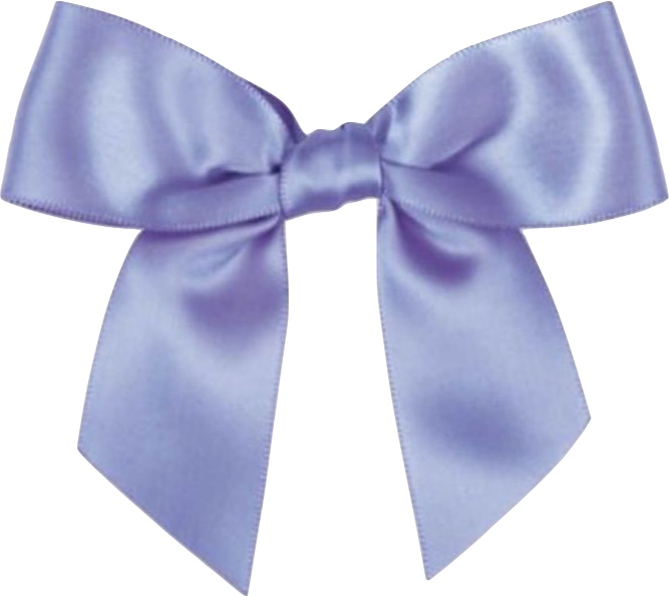I have a problem with bitching incessantly about the lack of diversity in Hollywood. I think it’s justified. If I had to narrow down exactly what it is that bothers me most about the entertainment industry, it’s the fact that the faces we see on the silver screen are but a façade. Hollywood hides behind its diversity on-screen to make up for its lack thereof off-screen.
Diversity does not begin and end with actors. Stories about diverse characters have all-white writers rooms. Lighting directors are heavily male and white-dominated. Editors, production designers, directors, composers, you name it – all white, cis, and male dominated.
This is hardly specific to television and film, as well. Spanning across verticals like editorial and music, nearly all avenues of entertainment are male-dominated. This isn’t due to a lack of women eager to break into these industries either, but rather an issue with gender equality. Furthermore, the women that do tend to excel within these industries tend to be white. I should stress that I do support women in these industries regardless of race or ethnicity, but find it particularly disappointing that women of color are the least represented gendered minority within the industry. There’s no justification for it.
Here’s some specific not-so-fun-facts that reflect this:
‘Best Cinematography’ remains the only category of the Academy Awards that has yet to be awarded to a woman. In the span of 94 years, only two women have been nominated. Both are white.
‘Best Original Screenplay’ has been won exactly once by a black screenwriter – Jordan Peele, in 2018.
‘Best Original Screenplay’ was won by Emerald Fennel in 2020, making her the first female winner of the category in 13 years. Prior, it was won by Diablo Cody. Both women are white.
‘Best Director’ has been won twice by women. Chloé Zhao became the first woman of color to win the category in 2021.
In 2021, Michaela Coel became the first black woman to win an Emmy for ‘Outstanding Writing for a Limited Series’. That same year, all 12 lead and supporting acting roles were won by white actors, despite nearly half of nominees being people of color.
In early 2022, Michaela Jaé Rodriguez became the first trans actress to win a Golden Globe.
According to the WGA, as of 2020, although women represent over 50% of the U.S. population, only 29.6% of working screenwriters identify as women. A mere 9.6% of those working female screenwriters identify as BIPOC.
6.2% of working screenwriters identify as LGBTQ, <1% identify as disabled, and 18.1% are 55 and over.
WTF, right?
So if you’re reading this and thinking, “What if these creators just weren’t as good as the talent that did win?”, here’s some more #facts. The Academy of Motion Pictures Arts and Sciences Board of Governors has a track record of having a white majority. Right. Okay. In addition, and as a result of major backlash, the Oscars had to form new diversity guidelines for films to be nominated within the ‘Best Picture’ category. Great, right? These guidelines won’t be required until 2024.
Alright, so how else are films reviewed and given either backlash or praise? Critics. The most popular critic site that the general public uses is Rotten Tomatoes. The issue is, once again, film critics are disproportionately white and male-dominated. For some context, USC launched the Annenberg Inclusion Initiative, which researches diversity and inclusion within entertainment. In 2018, a study was published that found that of the top 100 grossing films of 2017 on Rotten Tomatoes, 77.8% of nearly 20,000 reviews were written by male critics. 82% overall were written by white critics.
Don’t worry though, Rotten Tomatoes is working very hard on diversifying their Top Critics. In 2020, 170 new Top Critics were introduced – 60% identified as women, and 25% are people of color. Do with that what you will. On my end, it’s safe to assume that the disparity between BIPOC film critics and film awards awarded to BIPOC creators are correlated.
Yes, I know all about how correlation ≠ causation. And yet, it makes sense: white audiences do not resonate with non-white centered stories the same way non-white audiences do. My favorite (most recent) example is Everything Everywhere All At Once.
In early May 2022, a white film critic went viral for his review of the film, calling it ‘strangely laborious, dull and overdetermined.’ Here’s the kicker: the film did shockingly well, garnering the title of A24’s highest-grossing film worldwide. It’s gained a cult following across social media, notably TikTok. Why? Because it resonates incredibly well with BIPOC, female, immigrant, and first-gen audiences.
This is not at all to say that the film isn’t touching for white audiences and critics – far from that. To put it simply, the film is original, messy in all the right ways, and most of all, authentic. The biggest takeaway is that the initial “stream it or skip it” response from white critics should be taken with a (heavy) grain of salt.
